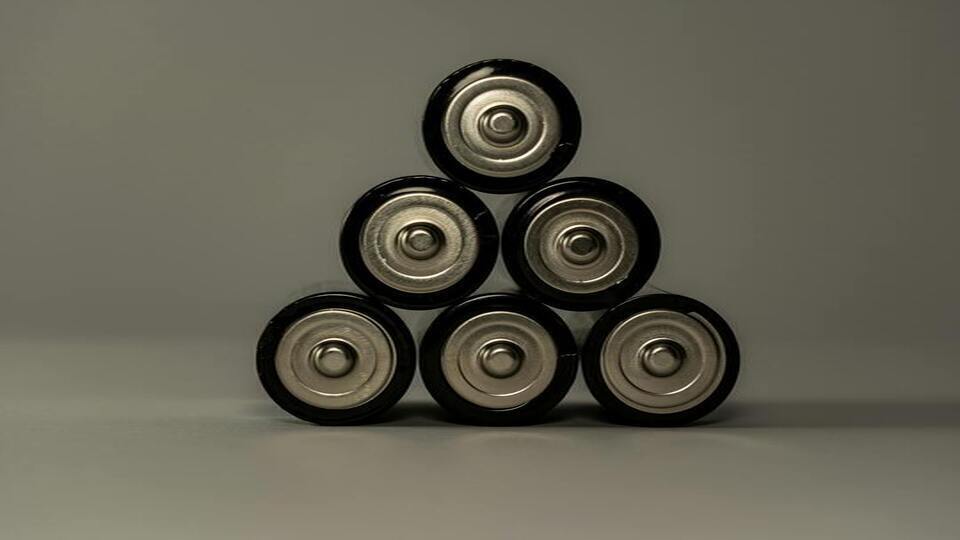A leisure battery is a critical element for any campervan or motorhome. Knowing the different types of leisure batteries available can help you decide which one is right for you based on your intended usage, application and budget.
Learn more in our guide.
What are the different types of leisure batteries?
There are 7 types of leisure batteries, each with different intended uses and longevity. Carry on reading to find out which one's the right one for you.
Standard Starter Battery
Starter batteries provide a large burst of power for short periods, designed to start the engine to a vehicle. Any power that is lost during this process is reloaded by the alternator. Starter batteries may also be referred to as a cranking battery or a calcium battery, with most using lead-acid technology.
Standard Leisure Battery
A leisure battery is vastly different to a car battery. They may also be referred to as a deep cycle battery or an auxiliary battery. A leisure battery will provide a constant, short flow of power to the equipment and appliances inside of a motorhome or campervan, over a long period of time. Though it can start the engine of a vehicle, it is not the only purpose of a leisure battery.
Leisure batteries do not require a constant charge, as they only require charging once the battery voltage drops below a certain level.
Semi Traction and Traction Battery
Semi traction and traction batteries are also known as deep cycling batteries. Semi traction batteries have thicker lead plates compared to standard starter batteries, making them ideal for more vigorous functions – though they do not offer the same intensive usage as standard leisure batteries.
Traction batteries may also be referred to as electric vehicle batteries, used as an electric power source to drive an EV. They can be found in electric motor vehicles, quad bikes or jet skis.
Lead-acid or Wet Battery
Also referred to as ‘wet’ batteries, these batteries use lead-acid technology. The lead plates contain sulphuric acid, so require storing upright. This type of battery requires low maintenance but can become permanently damaged if left discharged for prolonged periods.
Gel Battery
This type of battery has the electrolyte stored in a gel form, making it leak and maintenance free. Though they are more expensive, they have an extended service life – making it ideal for off-grid locations. However, they do not manage high recharge and discharge rates well.
Absorbent Glass Mat (AGM) Battery
AGM batteries have electrolytes stored in a fibreglass mat. They are similar to open and sealed lead-acid batteries and are maintenance free as well as leak-proof. AGM batteries may be more expensive than other batteries, however they can withstand vibrations from the road - making them ideal for motorhomes and campervans.
Lithium Iron Phosphate (LiFePO4) Battery
Lithium Iron Phosphate batteries are an alternative to popular lead-acid batteries. Though these types of batteries are more expensive than their counterparts, the increase in demand for electric vehicles are lowering the price for motorhomes and campervans. LIFePO4 batteries offer higher energy intensity at a much lighter weight, making them ideal use during longer drives.
How Onboard energy can help
Looking for off-grid energy solutions for your motorhome or campervan? Shop our wide range of products here, including batteries, solar panels, inverters and more. Alternatively, find out more or contact our helpful team today.


